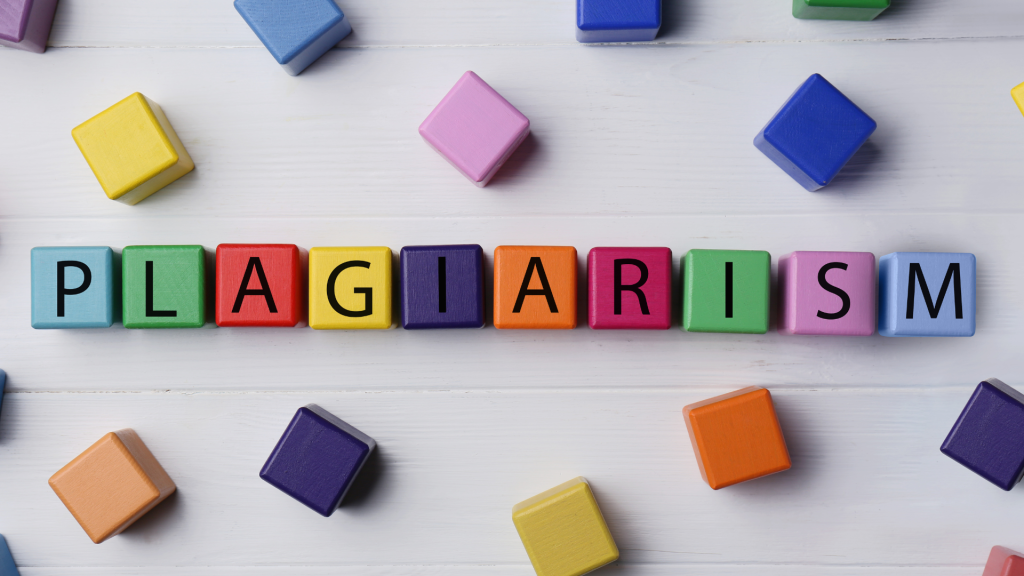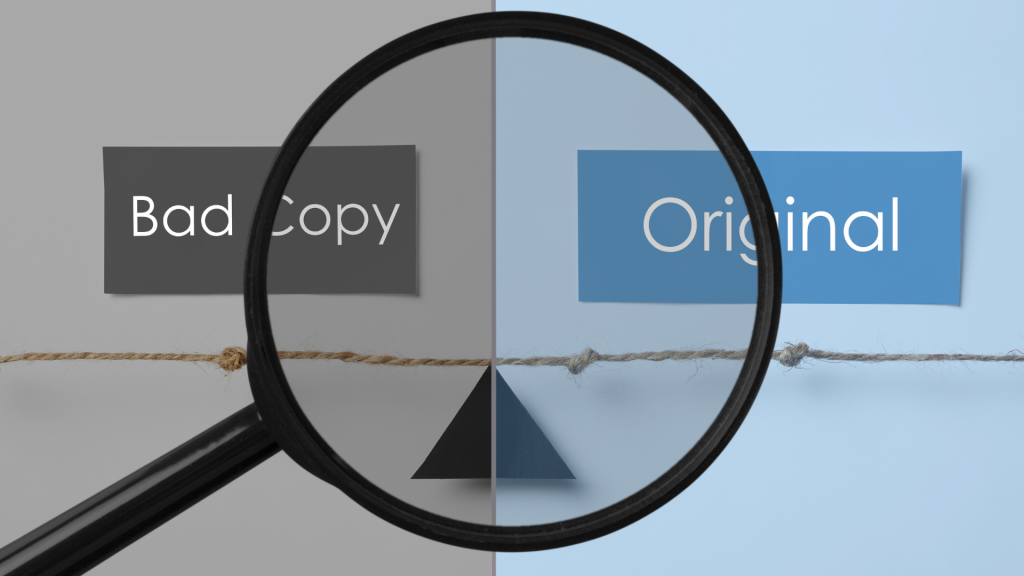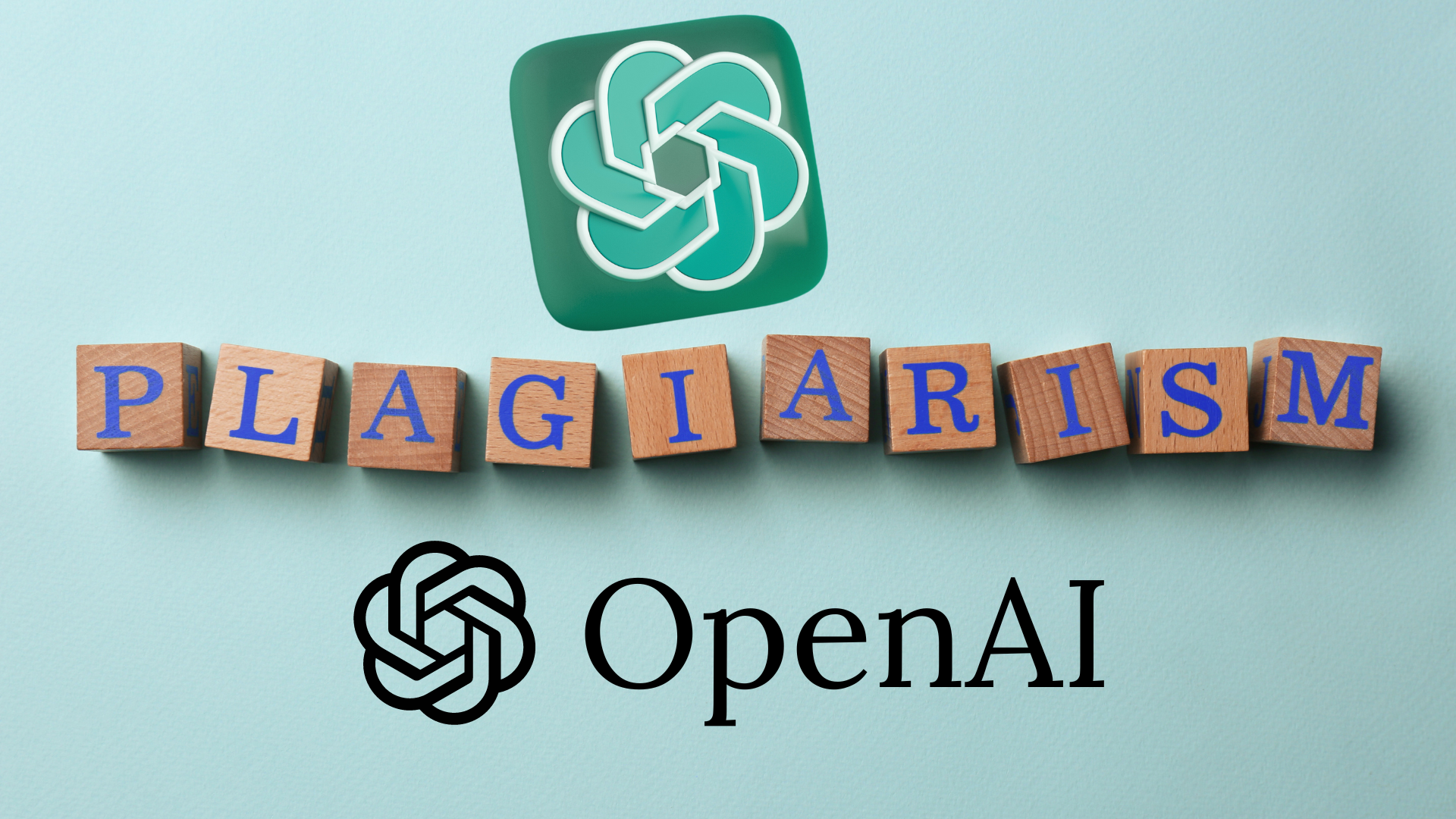Natural language processing (NLP) has witnessed remarkable advancements in modern years, with the development of powerful language models like Chat GPT. These models can generate coherent and contextually relevant responses, making them valuable tools for various applications.
One question in this context is whether these models can detect plagiarism. In this post, we will check the capabilities of Chat GPT and the challenges associated with using it for plagiarism detection.
Can Plagiarism Detect by Chat GPT?

Plagiarism detection identifies instances where someone has copied or used another person's work without proper attribution. It is an essential tool in academia, journalism, and other fields where originality and intellectual property rights are valued. Chat GPT, developed by OpenAI, is a popular language model that can generate human-like responses based on given prompts. While Chat GPT is proficient in understanding and generating text, using it for plagiarism detection comes with challenges.
Chat GPT vs. Chatsonic: A Comparative Analysis of AI-Powered Chatbots
Understanding Chat GPT's capabilities
Chat GPT is trained on vast amounts of text data and can generate responses by predicting the most probable next word or phrase based on the context provided. However, it is vital to note that Chat GPT does not have a built-in understanding of plagiarism or the ability to detect it. It primarily focuses on generating coherent and contextually relevant responses.
Handling text input and output with Chat GPT is relatively straightforward. Users provide a prompt, and Chat GPT generates a response based on the patterns and information it has learned from its training data. However, this process does not inherently involve plagiarism detection.
Plagiarism Detection Techniques
Traditional plagiarism detection methods involve comparing a given text with a large corpus of existing texts to identify similarities. These techniques utilize N-gram analysis, pattern matching, and other statistical approaches to detect copied content. However, applying these techniques directly to Chat GPT's responses poses challenges.
One challenge is the sheer volume of generated responses. Chat GPT can produce lengthy and diverse outputs, making it difficult to determine if certain parts of the response are plagiarized. Additionally, Chat GPT may generate text that is not verbatim plagiarized but still resembles existing content, making it harder to detect through traditional methods.
To overcome these challenges, contextual analysis and semantic similarity can be employed. By comparing the meaning and structure of text rather than relying solely on verbatim matches, it becomes possible to identify instances of paraphrasing or rephrasing.
How to Fix Error; “Chat GPT Too Many Requests in 1 Hour.”
Evaluating Chat GPT's Plagiarism Detection

Training Chat GPT specifically for plagiarism detection requires a dataset that includes instances of plagiarism and non-plagiarized text. By fine-tuning the model with this data, it can learn to identify patterns and similarities indicative of plagiarism. Furthermore, incorporating external plagiarism detection tools into the evaluation process can enhance detection accuracy.
However, it is essential to acknowledge the limitations of using Chat GPT for plagiarism detection. False positives, where the model incorrectly identifies original content as plagiarized, and false negatives, where the model fails to identify actual instances of plagiarism, can occur. Human oversight and evaluation are crucial to ensure reliable and accurate results.
Limitations and Considerations
While Chat GPT can be a valuable tool in detecting plagiarism, it has limitations. One limitation is that Chat GPT does not have real-time access to the internet or external sources. It relies solely on the information it was trained on, which limits its ability to detect plagiarism from recent or unpublished sources.
Another consideration is the need for human involvement in the plagiarism detection process. While Chat GPT can assist in identifying potential instances of plagiarism, the final judgment and decision should be made by humans who can consider the text's context, intent, and nuances.
How to Make Money with Chat GPT
Ethical Implications of Plagiarism Detection with Chat GPT
Using Chat GPT or similar language models for plagiarism detection raises ethical concerns. Privacy is a significant consideration, as the texts provided to Chat GPT for analysis may contain personal or sensitive information. It is essential to handle data responsibly and protect user privacy.
Accountability and responsibility also come into play. As language models become more advanced, it is crucial to establish guidelines and standards for their usage. Organizations and developers should take responsibility for the potential consequences of using language models for plagiarism detection and implement safeguards to prevent misuse.
Conclusion
While Chat GPT is a powerful language model but not designed explicitly for plagiarism detection. However, with appropriate training and evaluation, it can be used as a useful tool in identifying potential instances of plagiarism. Nonetheless, human involvement and oversight are vital to ensure accurate results and consider plagiarism detection's contextual and ethical aspects. Language models like Chat GPT can assist in the process but cannot replace humans' critical thinking and judgment.
FAQs
Can Chat GPT detect all types of plagiarism?
No, Chat GPT has limitations and may not detect all types of plagiarism. It primarily relies on patterns and similarities in text, which may not capture certain forms of paraphrasing or rephrasing.
Does using Chat GPT for plagiarism detection guarantee 100% accuracy?
No, using Chat GPT for plagiarism detection does not guarantee 100% accuracy. False positives and false negatives can occur, highlighting the importance of human oversight and evaluation.
Can Chat GPT detect recent or unpublished instances of plagiarism?
Chat GPT relies on the information it was trained on and does not have real-time access to the internet or external sources. Therefore, its ability to detect plagiarism from recent or unpublished sources is limited.
What role does human involvement play in plagiarism detection with Chat GPT?
Human involvement is crucial in the plagiarism detection process. Humans can consider the text's context, intent, and nuances, ensuring accurate results and final judgments.
What are the ethical considerations when using Chat GPT for plagiarism detection?
Privacy and data protection are significant ethical considerations. Organizations and developers should handle data responsibly and implement safeguards to protect user privacy. Additionally, accountability and responsibility for the potential consequences of using language models should be taken seriously.
